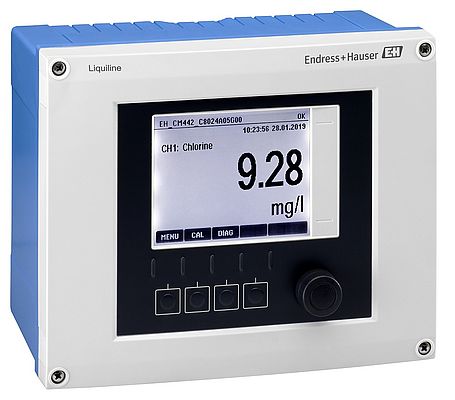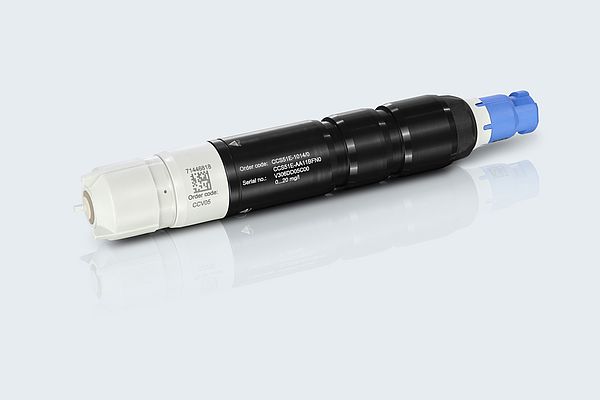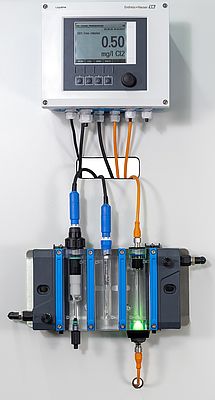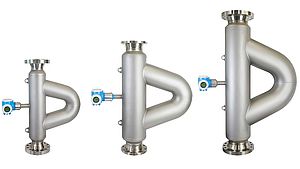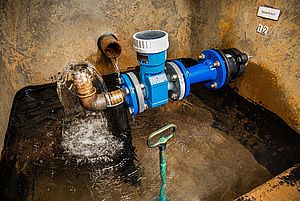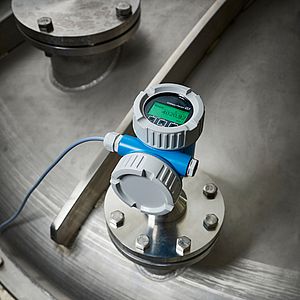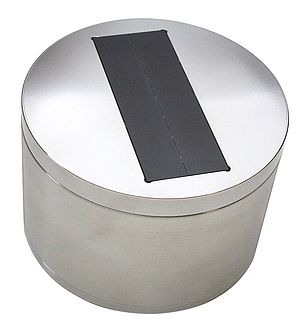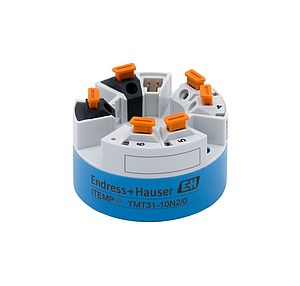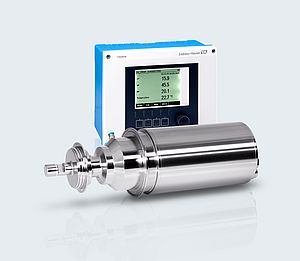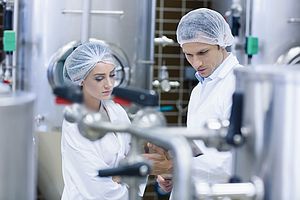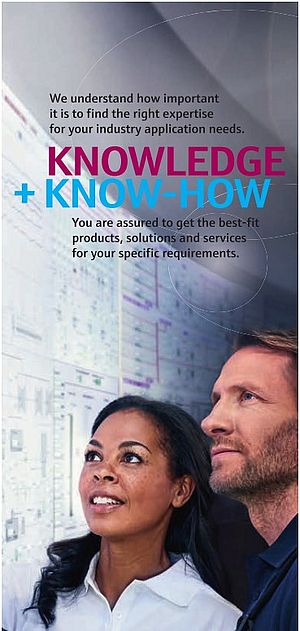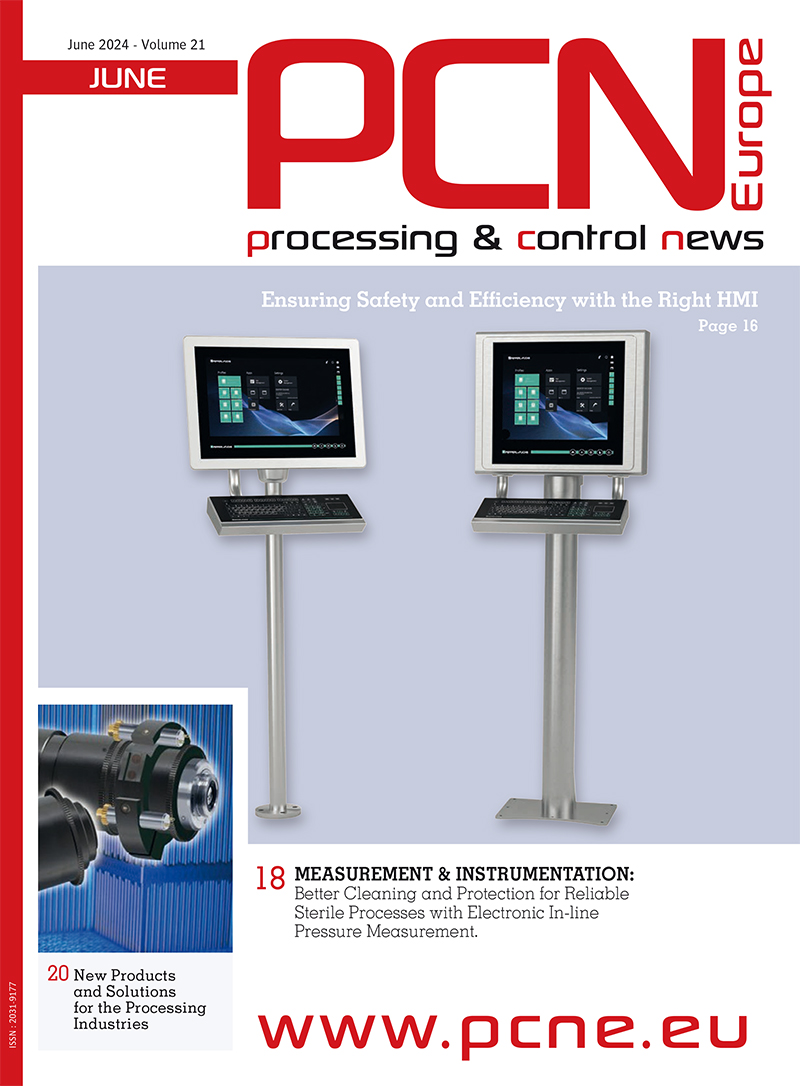Different applications utilize different disinfectants. Ozone is a common disinfectant in water treatment applications since it is highly reactive. Water distribution networks rely on chlorine or chlorine dioxide because they have a deposit effect that ensures the water safely reaches the consumer. In terms of coolant applications, the water is frequently disinfected with chlorine dioxide or free bromine because they break down biofilms directly and are effective across a wide pH range. Free bromine is employed as a disinfectant in seawater applications since the chlorination in this medium produces free bromine. Peracetic acid is commonly used in the food industry as it acts as a broad-spectrum disinfectant. Disinfection with free chlorine or chlorine dioxide is also used in the treatment of product water for the manufacture of soft drink beverages.
Ensuring consistent taste in the beverage industry
Raw water treatment plays a key role in terms of the safety and taste of the end product in beverage manufacturing. Although the raw water can vary depending on the location, manufacturers have strict requirements regarding its composition because the beverage must taste the same regardless of the production site. Raw water treatment occurs in several steps during soft drink manufacturing. The first step is to measure the turbidity of the water and feed it to a reverse osmosis system to reduce the concentration of dissolved substances – in other words desalinating the water. This results in taste-neutral treatment of the water, thus ensuring the beverage has a consistent taste.
In reverse osmosis, the natural osmosis process is reversed through a semi-permeable membrane under high pressure. The water penetrates the membrane while other substances are retained. If the raw water is disinfected prior to reverse osmosis, the chlorine must be completely removed, such as through active charcoal filtration, in order to protect the membrane.
The role of chlorine measurement for safe and efficient soft drink production
In many cases disinfection of the raw water occurs downstream from the reverse osmosis process. The disinfection process utilizes 0.3 mg/l of free chlorine, which corresponds to the allowable amount as outlined in the German drinking water regulations. The raw water is then freed of all residual chlorine via filtration since it must be completely free of chlorine before adding the beverage syrup.
However, this filtration is circumvented via a bypass once a week in order to clean the piping with chlorine at low temperatures using a so-called cold cleaning in place (cold CIP) process.
In order to monitor the removal of the chlorine and the cold CIP process, amperometric sensors are installed at two points to measure the amount of free chlorine:
• after filtration to determine if the water is chlorine-free
• in the piping system where the chlorine content must be maintained at 0.3 mg/l.
The special challenge here is the absence of chlorine over a longer period of time after filtration. With many amperometric sensors, this absence leads to a delayed response behavior, with the sensor essentially falling asleep. This can lead to product loss since the beverage syrup is added while undetected chlorine is present in the raw water after filtration. The Memosens CCS51E sensor from Endress+Hauser for measuring free chlorine exhibits no delayed response even after a longer period of inactivity, thus ensuring that any chlorine peaks do not go undetected. The sensor furthermore “notices” chlorinated water once a week when the filtration is bypassed. This tests the functionality of the sensor and ensures electrochemical activation. Compared to wet chemical analyzers that use the DPD method, which can provide a measurement value only every three minutes, inline measurements with amperometric sensors offer continuous measurements in which no peaks are overlooked.
Continuous measurements are furthermore beneficial for controlling the chlorine dosage. The fast measurement value means a more precise dosage: as little as possible, but enough for a reliable disinfection process. Achieving this degree of precision requires creating an adequate flow to the sensor membrane of 15 cm/s. If the sensor is calibrated once a year, the DPD calibration should be carried out by drawing the sample near the sensor, keeping the cuvette clean, observing the expiration date of the DPD reagents and avoiding air bubbles in the sample.
The amperometric sensors require no reagents, making them low maintenance. The new generation of Memosens sensors also stores more data regarding calibration and operating hours – such as the electrolyte counter – and the load, making it possible to develop a more efficient maintenance strategy tailored to the application.
Last but not least, the new generation of sensors is more efficient when it comes to commissioning. Once installed, only a short polarization cycle is required before they begin to display stable measurement values, thus ensuring that the plant is fully functional again within a short period of time.
With some beverage manufacturers, raw water treatment has developed to the point that they have to monitor not only the free chlorine levels but all disinfectant residues. Total chlorine sensors such as the Memosens CCS53E are suitable for these types of measurements. This sensor reliably and quickly monitors free (HC1, OC1) and combined (chloramines) chlorine, thus leading to an even safer product.
Summary
By relying on suitable measurement and dosage technologies that feature fast response behavior, beverage manufacturers can precisely treat their raw water to ensure consistent beverage quality. Reliable and continuous transmission of the measurement data ensures precise dosing of the disinfectant, resulting in increased process efficiency. The Memosens CCS51E and CCS53E sensors from Endress+Hauser meet all of these requirements and also offer connectivity to extended IIoT services through Memosens 2.0 technology for future-proof operation of the plant.
Author: Johannes Kienle, Product Manager, Endress+Hauser


